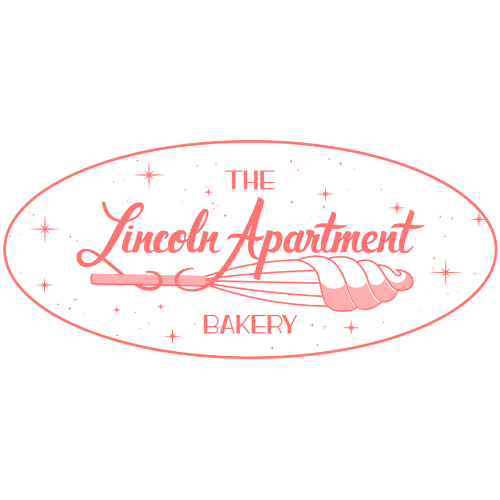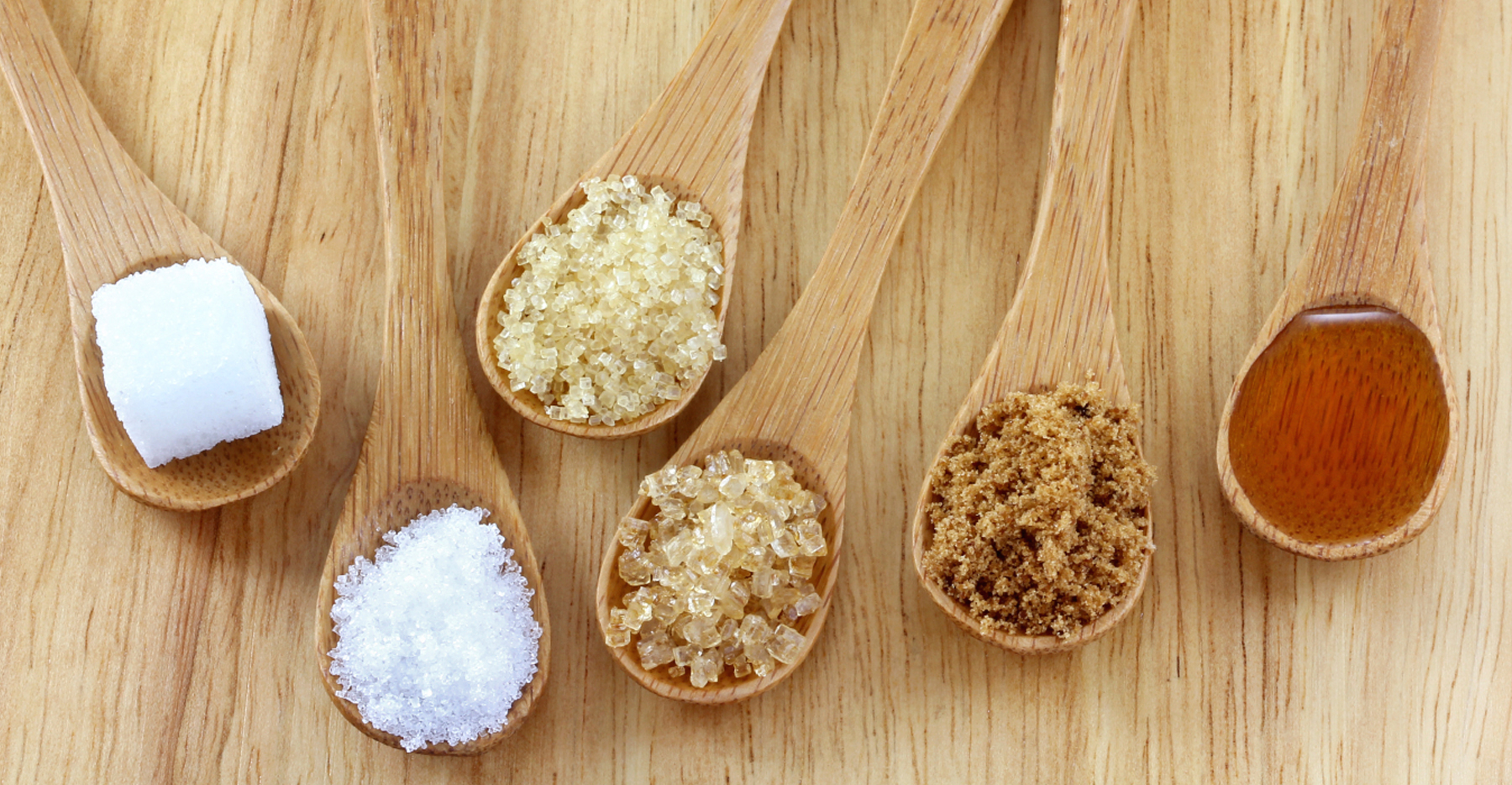Ah, sugar. Ask some people these days, and they’ll tell you it’s poison, and we’ll look back on our sugar consumption the way we look back at pregnant women in the 50s smoking! But ask a pastry chef, and they’ll roll their eyes and ask how exactly you plan to spin delicate threads of your organic agave nectar over a croquembouche!
As for me, I’m firmly with my countryman Oscar Wilde: “Everything in moderation, including moderation.”
Health questions aside - I think sugar is fascinating. Its origins and cultivation, its dizzying variations, and what it does in baked goods (clue: it’s not just for sweetness!) Let’s dive in shall we?
A WEE BIT OF HISTORY...
Sugar’s History has five main phases…
1. The extraction of sugar cane juice from the sugarcane plant, and the subsequent domestication of the plant in tropical Southeast Asia many thousands of years ago (no one knows exactly when)
2. The beginning of manufacturing of cane sugar granules from the sugarcane juice in India a little over two thousand years ago, followed by improvements in refining the crystal granules in India in the early centuries A.D.
3. The spread of cultivation and manufacture of cane sugar to the medieval Islamic world
4. The spread of cultivation and manufacture of cane sugar to the West Indies and tropical parts of the Americas beginning in the 16th century, followed by more intensive improvements in production in the 17th through 19th centuries in that part of the world.
5. The development of beet sugar, high fructose corn syrup and other sweeteners (cue shudder from health nuts) in the 19th and 20th centuries.
Think about that incredible journey next time you stir a spoonful into your coffee!
....STRAP IN FOR THE SCIENCE
Sucrose, fructose, glucose - what’s the difference??
Sugar, or sucrose, is a carbohydrate naturally present in fruits, vegetables and even nuts (it’s a mix of carbon, hydrogen, and oxygen, for you molecular-level nerds!) Sugar is actually a product of photosynthesis, the process by which plants convert carbon dioxide, water and energy from the sun into food. What we call sugar, or sucrose, is actually two simpler compounds stuck together - a glucose ring and a fructose ring.
Of all plants, sugar is most concentrated in sugar beets and sugarcane, about 16% and 14%, respectively. The high sugar concentration of these plants makes them ideal for farmers to grow and harvest sucrose. Once separated from the beet or cane, the result is pure sucrose, which is identical to sucrose found in fruits and vegetables and contains no preservatives or additives of any kind.
To go from sugarcane to refined table sugar, the stalks are cut up and then crushed with rollers until juice is squeezed out. Milk of lime and carbon dioxide are added to help make the juice clear, then it's sent through an evaporator to remove the water and concentrate it into a syrup. The sugar in the syrup is crystallized, and you end up with a pile of raw sugar crystals covered in molasses.
While those molasses-coated raw sugar crystals are now technically brown sugar, most of what you buy in the store labeled "brown sugar" is sugar that has been refined to the white sugar stage, then re-mixed with molasses to produce a consistent shade and flavor.
MEASUREMENTS…
Feel like your cake batter isn't sweet enough? Well, you can throw in an extra spoonful of sugar, right?
Nuh-uh - Too much sugar makes baked goods turn brown rapidly, so you risk ending up with a dark colour on the top and a raw cake on the inside.
Conversely, reducing the sugar isn’t such a great idea either (in many, but not all, recipes). Too little sugar makes baked goods crumbly, so they won’t hold together. Baked goods won’t properly brown either, and aside from that, the flavour just isn’t as good now, is it?!
SUBSTITUTING
The general rule is that you can often swap out sugar for a friendly substitute. Pair like with like. For instance, swapping dark brown sugar if the recipe intended light brown sugar won't mess up the baking, but it may slightly alter the final flavour. Using honey instead of maple syrup or corn syrup will work, with the only major change being the flavour alteration. But you can't stray too far: swapping molasses for granulated sugar in a recipe, for instance, will seriously alter the finished product. Recipes that call for some kind of sugar in granules, or crystals, do so for a reason; the crust and crunch depend on it!
A note on sweeteners: If using a sugar substitute for baking, make sure it is labelled as being appropriate for baking. Many sugar substitutes aren’t appropriate for baking. Many are far sweeter than natural sugar, and the flavour just doesn't work. Second, the chemical makeup of these sugar substitutes is different, so the chemical reactions during the baking process won't necessarily be the same. Structure, browning, and cook times, not to mention sweetness, can all be affected.
THE POWER PLAYERS
From white sugar to cane sugar to rich brown sugar, here are 11 sugar varieties you need to know, plus our favourite ways to use them (From the fantastic and thorough guide at thekitchn.com)
Granulated sugar. A highly refined, multi-purpose sugar. It's also sometimes called refined, table, or white sugar. Granulated sugar is made from sugarcane and sugar beets. It's also the most common type of sugar used in baking and cooking.
Caster sugar is superfine granulated white sugar. Because the crystals are so fine, they dissolve much quicker than standard granulated white sugar, which makes it ideal for making meringues, syrups, and cocktails.
Confectioners/Icing sugar, Also referred to as powdered sugar and 10x sugar, this is a type of white sugar that has been ground into a fine powder. To prevent clumping, a small amount of corn-starch is typically blended in. Confectioners’ sugar easily dissolves in liquid, and is ideal for making icing and frosting, as well as decorating baked goods.
Pearl Sugar: Sometimes called nib sugar or hail sugar, pearl sugar is a variety of white sugar that has a coarse, hard texture and an opaque colour. It also holds its shape, and doesn't melt when exposed to high temperatures. Pearl sugar is commonly used in Scandinavian baking to decorate pastries, cookies, and buns, or on French choquettes.
Sanding sugar is used mainly for decorating. It has large crystals, which are fairly resistant to heat and add extra texture and crunch to cookies and other baked goods. You can find sanding sugar in a rainbow of colours.
Cane Sugar: Unlike granulated sugar, which comes from sugarcane or sugar beets, cane sugar is produced solely from sugarcane and is minimally processed. It also has a slightly larger grain, darker colour, and higher price tag. Use cane sugar the same way you would granulated sugar.
Demerara sugar is a variety of raw cane sugar that is minimally refined. It has large grains with an amber colour and a natural, subtle molasses flavour. Use it to sweeten coffee or tea, or as a topping on baked goods, like muffins, scones, cookies, and cakes.
Turbinado is another type of minimally refined raw cane sugar. This sugar variety has large, medium-brown crystals, and is often mistaken for standard brown sugar because of its colour, although it's not the same thing. Turbinado sugar has a delicate caramel flavour and is commonly used to sweeten beverages and can also be used in baking.
Also referred to as Barbados sugar. Muscovado sugar is a variety of unrefined cane sugar in which the molasses isn't removed. It comes in dark and light varieties, and has a sticky, wet, sandy texture with a rich, complex flavour. While muscovado sugar can be used as a substitute for brown sugar, its flavour is much stronger. It's especially wonderful in barbecue sauce, marinades, and savoury dishes.
Light brown sugar is refined white sugar with a small amount of molasses added in. It has a wet, sandy texture — although less sticky than muscovado sugar — and a delicate caramel flavor. Use it for making any baked goods, as well as in savory dishes.
Like its lighter counterpart, dark brown sugar is refined white sugar with molasses added in. It contains more molasses than light brown sugar, which gives it a stronger, more intense flavor. Light and dark brown sugar can be used interchangeably.
QUICK TIP
A spoonful of sugar in a vase of freshly-cut flowers will keep them perky for longer!





